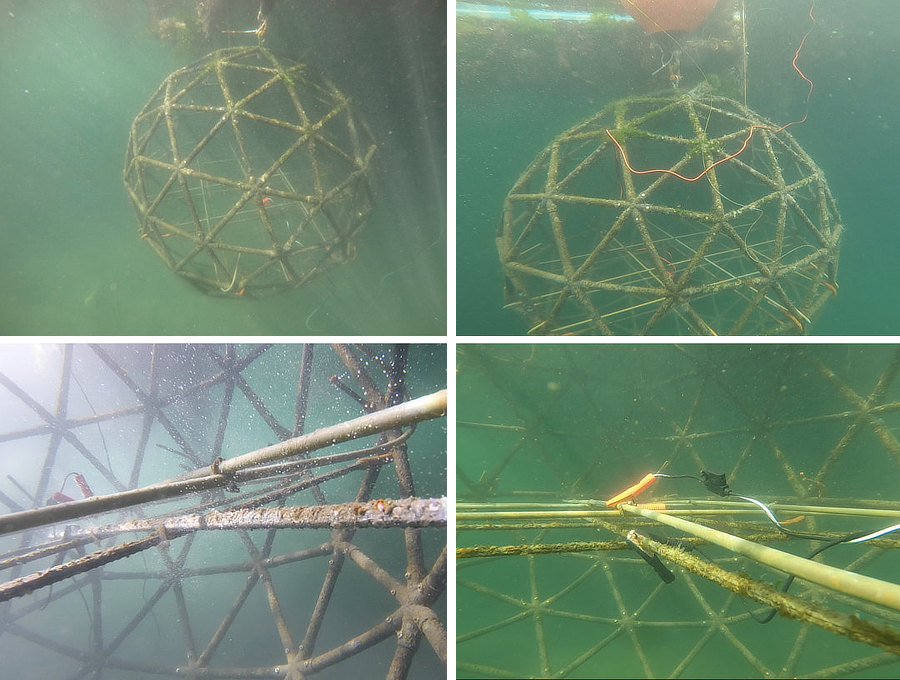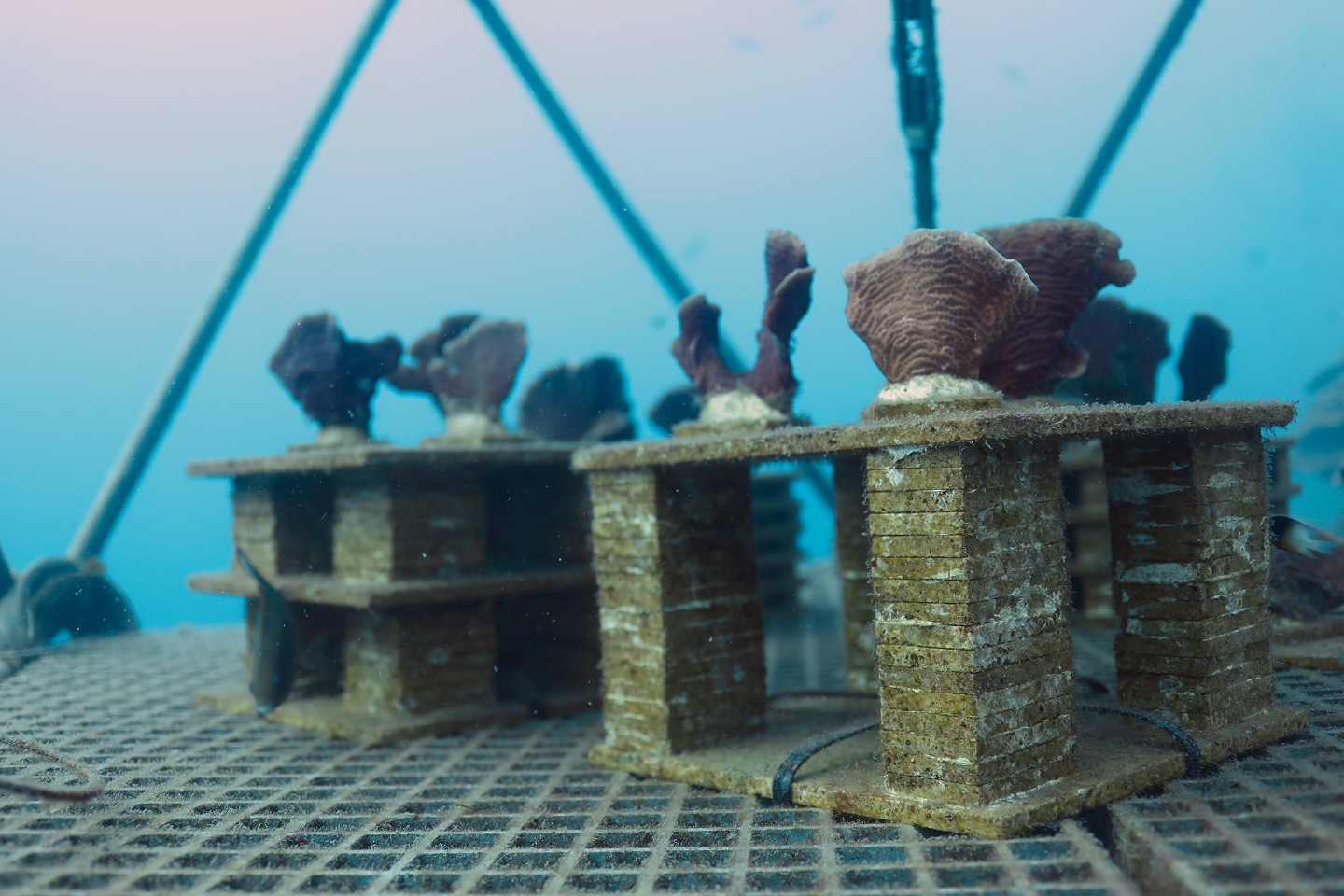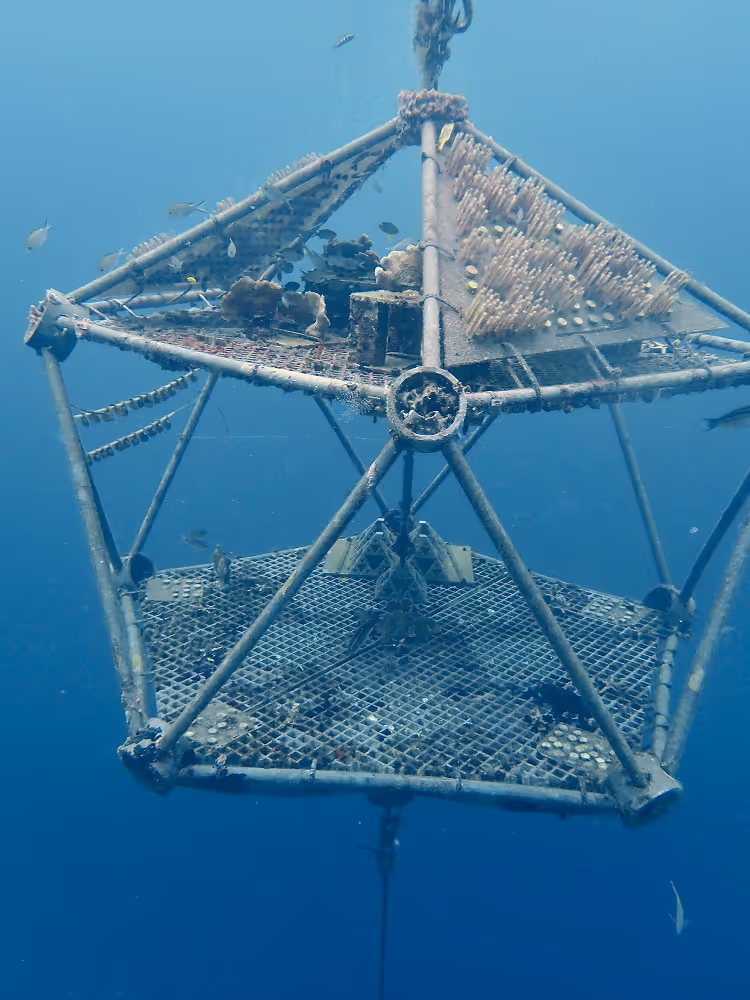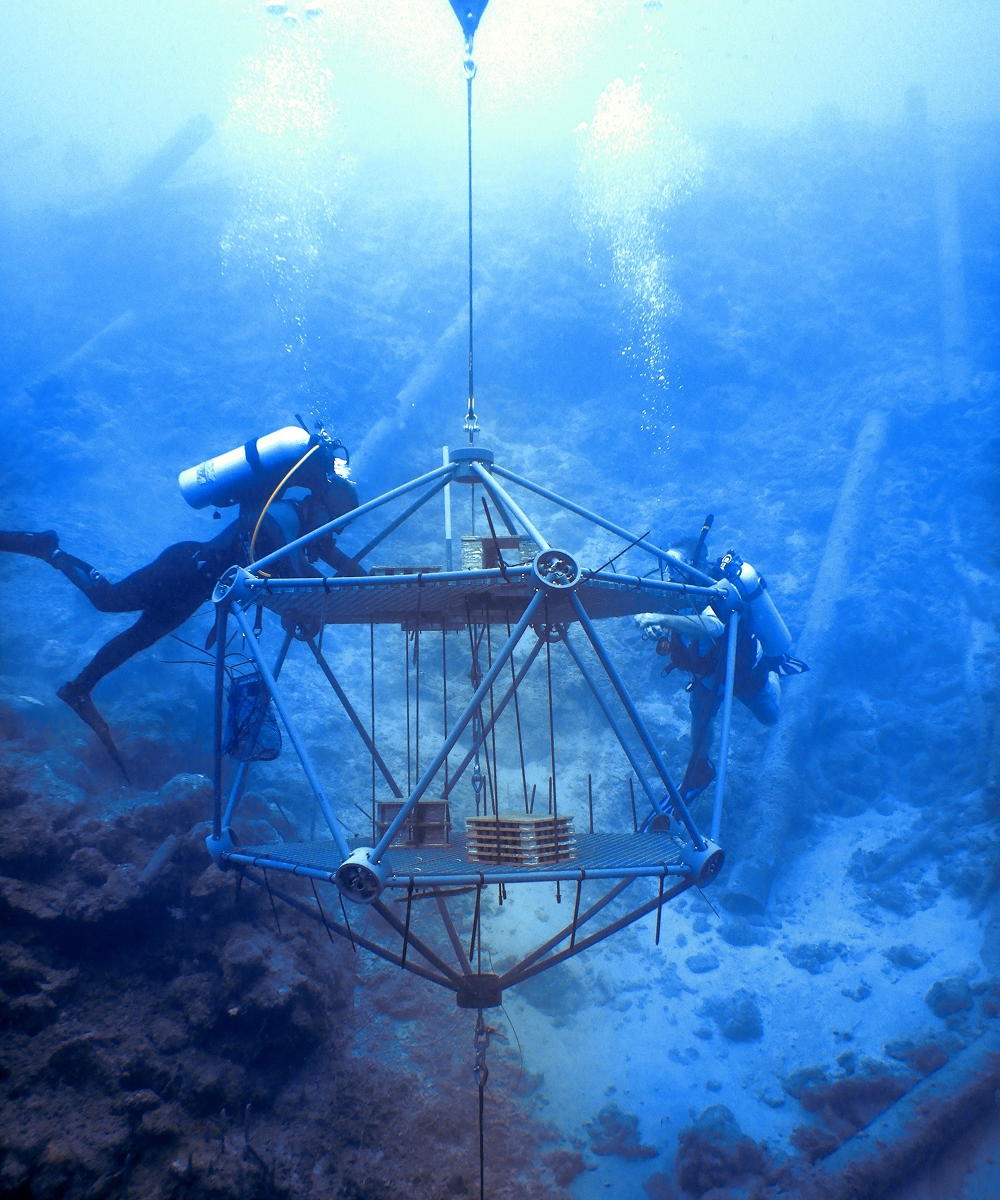San Diego
"San Diego ARKs: Engineering the Future of Reef Resilience"


Overview
Two pioneering ARK prototypes designed to survive storms and accelerate coral growth—built and tested in California.
Why San Diego?
Where much of the ocean application started, San Diego serves as a proving ground for stress-tested ARK prototypes.
- Environment: Reef collapse is accelerating due to stronger storms and slower coral recovery, leading to “flattened” reefs worldwide.
- Application: Engineering ARK structures that collapse under high-force conditions, or electrically enhance coral growth, can restore structure and speed up reef formation.
- Project goal: Design and test storm-resilient and growth-enhancing reef structures that can be scaled globally in climate-vulnerable zones.

Deployment Strategy
Prototype Testing Ground: Mission Bay, San Diego
Engineering team partnered with SDSU engineering students designed and tested two advanced Ark structures: the Collapsing Ark, which adjusts its structure during storms, and the Electrified Ark, which uses renewable energy to stimulate coral growth.
Collapsing ARK
- Fixed on seafloor with pilings to add structure to flattened reefs
- Stainless steel skeleton with custom joints and acrylic shear pin
- Collapses when hit by 80 lbs of lateral force (≈2 m/s currents), reducing drag and preserving integrity
- Promotes coral fragmentation during collapse—helping natural spread
Electrified ARK
- Active electrolysis system: naval brass + rebar frames
- Solar panel & water-flow turbine provide electric current
- Stimulates calcium carbonate deposition on metal surfaces
- Alkalinity boost promotes coral calcification and growth
- Acts as chemical habitat modifier to outcompete algae
.jpg)
Data-Driven Approach
Both ARK types were tested using custom instrumentation and observed in controlled field conditions.
- Force threshold testing using strain gauge (Collapsing Ark)
- Collapse response consistency and survivability
- Electrolysis performance (gas bubble formation, CaCO₃ deposition)
- pH and alkalinity shifts near cathode frames
- Coral growth potential and algal suppression (preliminary)
- Long-term durability and scalability considerations


Engineering resilience into coral reefs is a race against time. Help us scale innovative Ark solutions to the regions that need them most.



.avif)